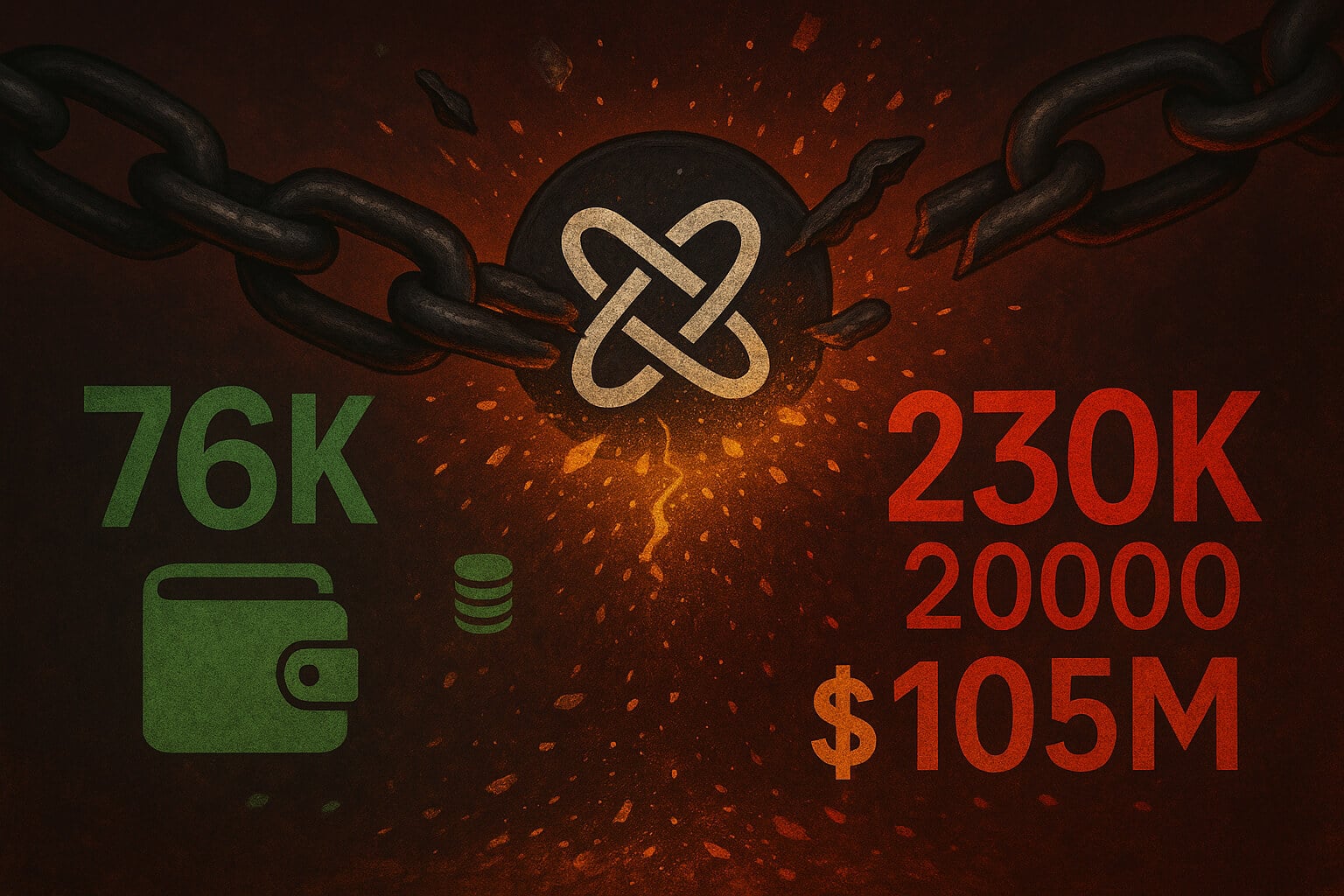Understanding Market Cap in Cryptocurrency: A Comprehensive Guide
Introduction
Navigating the cryptocurrency world can be complex, especially with terms like “market cap” being frequently mentioned. But what exactly does market cap mean, and why is it important? In this guide, we’ll break down the concept of market capitalization in the crypto space, helping you understand its significance and how to use it in your investment strategy.
What is Market Cap?
Market cap, short for market capitalization, is a financial metric used to determine the total value of a cryptocurrency. It’s calculated by multiplying the current price of the cryptocurrency by its total supply.
- Formula: Market Cap = Current Price x Total Supply
- Example: If a cryptocurrency is priced at $10 and there are 1 million coins in circulation, the market cap would be $10 million.
Why is Market Cap Important?
Market cap is a crucial indicator for several reasons:
- Evaluates Size and Stability: It helps investors understand the size and stability of a cryptocurrency. Larger market caps generally indicate more established and stable coins.
- Comparative Tool: It allows for easy comparison between different cryptocurrencies. For instance, comparing Bitcoin’s (BTC) market cap with that of smaller altcoins provides insight into their relative sizes.
- Risk Assessment: Cryptocurrencies with larger market caps are often considered less risky compared to those with smaller market caps.
Types of Market Caps
Cryptocurrencies can be classified based on their market cap into three categories:
- Large-Cap Cryptocurrencies
- Definition: Typically have a market cap of over $10 billion.
- Examples: Bitcoin (BTC), Ethereum (ETH).
- Characteristics: More stable, lower risk, and widely recognized.
- Mid-Cap Cryp
- Definition: Market cap between $1 billion and $10 billion.
- Examples: Cardano (ADA), Polkadot (DOT).
- Characteristics: Potential for growth but with moderate risk.
- tocurrencies
- Small-Cap Cryptocurrencies
- Definition: Market cap under $1 billion.
- Examples: VeChain (VET), Basic Attention Token (BAT).
- Characteristics: Higher risk, but potentially higher rewards.

How to Use Market Cap in Investment Decisions
Understanding market cap can significantly influence your investment decisions:
- Diversification: Spread investments across large-cap, mid-cap, and small-cap cryptocurrencies to balance risk and reward.
- Risk Management: Focus on large-cap cryptocurrencies for more stable investments.
- Growth Potential: Consider mid-cap and small-cap cryptocurrencies for higher growth potential.
Common Misconceptions About Market Cap
It’s essential to dispel some common misconceptions about market cap:
- Market Cap ≠ Money Invested: The market cap represents the total value, not the amount of money invested in the cryptocurrency.
- High Market Cap ≠ Safe Investment: While a high market cap indicates stability, it doesn’t guarantee the absence of risk.
- Low Market Cap ≠ Quick Gains: Small-cap cryptocurrencies can be volatile and risky, which doesn’t always translate to quick profits.
FAQs
- What affects the market cap of a cryptocurrency?
- Changes in the price and total supply directly impact the market cap.
- Is market cap the only metric to consider?
- No, consider other factors like trading volume, project fundamentals, and market trends.
- Can market cap fluctuate?
- Yes, it can change with price fluctuations and changes in the circulating supply.
Conclusion
Market cap is a fundamental metric for evaluating and comparing cryptocurrencies. By understanding what it is and how to use it, you can make more informed investment decisions. Remember, while market cap is important, it’s just one of many factors to consider when navigating the dynamic world of cryptocurrency investing.
For more guides, visit our guide page and for the latest airdrops, follow our Telegram Channel, Twitter.
Ready to dive deeper into cryptocurrency investing? Start trading on Bybit today and claim up to $30,000 in rewards.
















